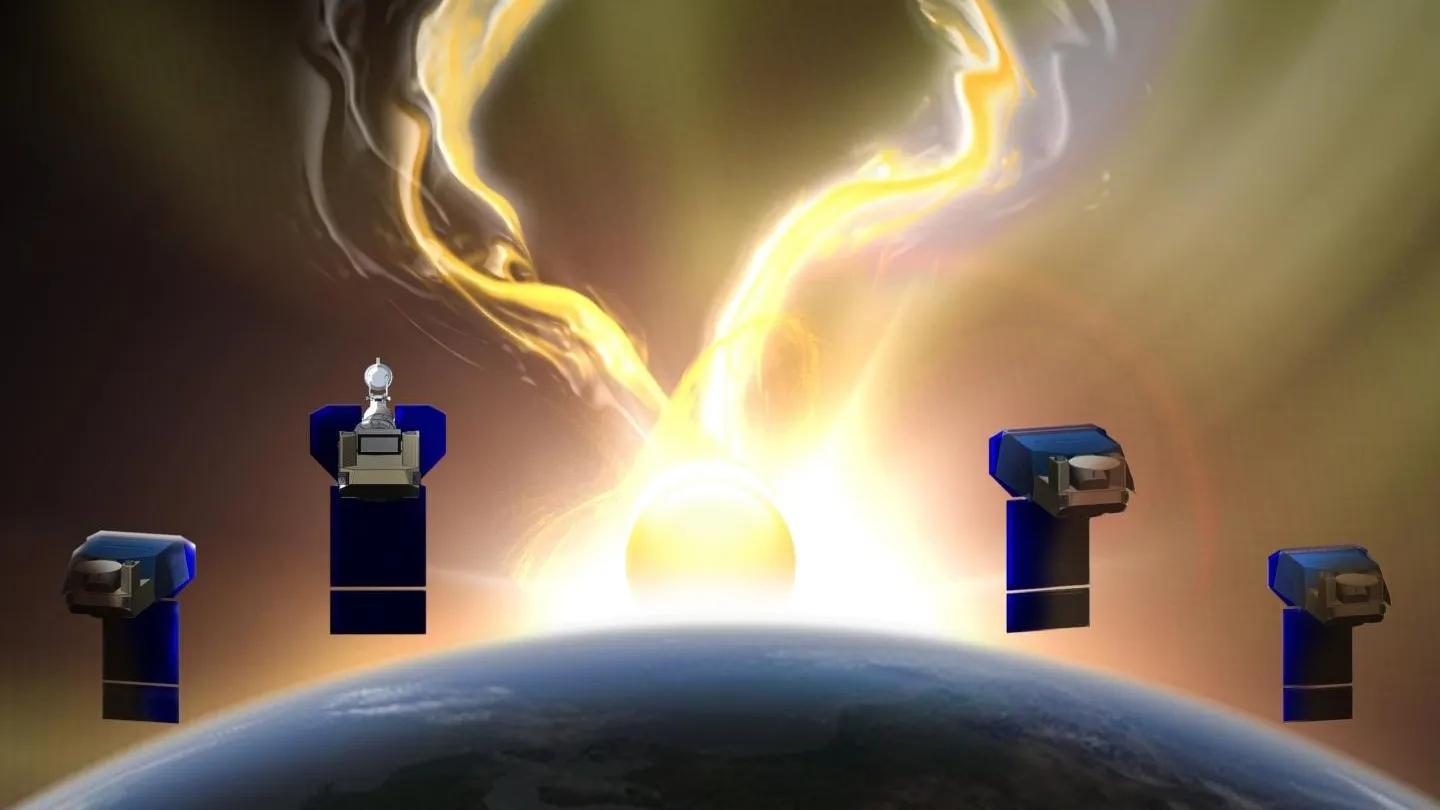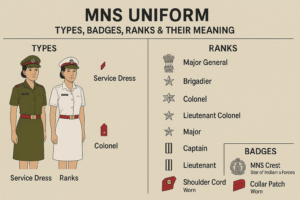PUNCH stands for Polarimeter to Unify the Corona and Heliosphere.
It aims to study the Sun’s outer atmosphere (corona) and the solar wind as a single, connected system.
🔹 2. Launch and Organization
Launched by: NASA
Year of launch: 2025
Type of mission: Solar and heliophysics mission
Objective: To visualize and understand how the Sun’s corona transitions into the solar wind.
🔹 3. Mission Purpose
The mission seeks to provide new insights into the solar wind, which is a continuous flow of charged particles released from the Sun’s upper atmosphere.
It helps scientists see phenomena that were previously invisible—especially how the solar wind originates and evolves.
🔹 4. Scientific Focus Areas
Studying the Sun’s Corona
The corona is the outermost layer of the Sun’s atmosphere.
It is extremely hot and the source of solar wind particles.
Understanding the Solar Wind
PUNCH observes how solar wind forms and moves through space.
This helps explain how solar energy spreads throughout the solar system.
Connecting the Corona and Heliosphere
The heliosphere is the bubble-like region of space dominated by the solar wind.
PUNCH studies how the corona expands to create this heliosphere.
🔹 5. Mission Instruments and Technology
Four small satellites (microsatellites) make up the PUNCH constellation.
These satellites use advanced polarimetric imaging to track faint light scattered by solar particles.
The instruments can “see” the flow of solar wind continuously as it moves away from the Sun.
🔹 6. Importance of the Mission
First time scientists can visualize the transition from the Sun’s corona to the solar wind in real time.
Helps improve our understanding of space weather, which affects:
Satellites and spacecraft
Astronaut safety
Power grids and communication systems on Earth
🔹 7. Relevance During Solar Maximum
The mission launched during a solar maximum — a period when the Sun is most active.
During this time:
Solar flares and coronal mass ejections (CMEs) are more frequent.
These can disturb Earth’s magnetic field and impact technology.
PUNCH helps monitor and predict these solar events more accurately.
🔹 8. Expected Outcomes
Better understanding of:
How solar wind shapes the space environment.
The link between solar storms and geomagnetic disturbances.
How energy and matter move through the solar system.
Supports future space missions and space weather forecasting.
🔹 9. In Simple Terms
Think of PUNCH as a set of cameras watching the Sun’s outer atmosphere and solar wind.
It helps scientists see how the “invisible wind” from the Sun starts and spreads, improving our ability to protect satellites, astronauts, and even power systems on Earth.







